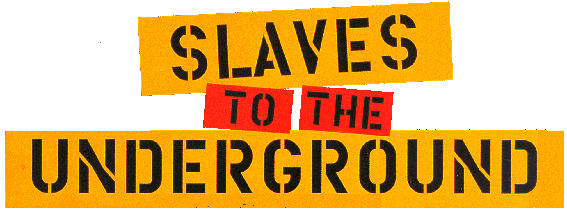
My Best Friend, the Rapist (Part III)

A young woman tries to find her way through life, the Seattle music scene and her sexuality, having been thrown off course after being raped by her lover's best friend.
Shelly has never told her boyfriend why she left him: her rape at the hands of his best friend made it impossible to continue her relationship with Jimmy. Since then, she has become the newest member of the political all-girl group The No Exits, and has a relationship with lead singer Suzy.
When she meets Jimmy again, the time is ripe to explain everything. To the surprise of all, not least of all herself, she gets back together with Jimmy. Suzy is beside herself, and throws Shelly out of the house – and the band. And Jimmy has problems coming to terms with the fact that his best friend raped his girlfriend. When a third friend of the two young men stands by the accused, because he cannot let his friendship be destroyed by a lesbian, Jimmy has to move into a garage with Shelly.
But this does not make Shelly happy. Confused once more as to where her life is leading her, she has to continue to hold out in her relationships with other people...
 Someone
who cannot decide between genders – it makes one despair just to think
of films of ages gone by, like A Different Story from 1977,
in which a lesbian and a gay man fall in love and marry. Even more clichéd
is the idea of a lesbian who has become one because she has had "bad
experiences with men".
Someone
who cannot decide between genders – it makes one despair just to think
of films of ages gone by, like A Different Story from 1977,
in which a lesbian and a gay man fall in love and marry. Even more clichéd
is the idea of a lesbian who has become one because she has had "bad
experiences with men".But Slaves to the Underground pays no attention to 100 years of cinema history and bravely tells its very own story, which bears only superficial resemblance to the old problem films of directionless directors.
Five years ago this was not possible, as only in the late 90s have barriers been breached and homos begun, driven by one of their lesbian sides, to lift taboos on and to individualise gender roles.
Those who know what they are talking about will make a film that can be taken seriously. So cinema goers need have no fear that the woman and the man will hear the patter of lots of tiny little feet while the jilted lesbian throws herself out of a window in frustration. Slaves to the Underground finds an original way through the confusion of gender roles without, however, trying to set up its own general rules.
The feeling of authenticity most probably comes from a radical attention to the Seattle scene. There are no Bar Girls driving around in Cabriolets or 4x4s from one exclusive club to the next. No, people end up living in garages, and the words "weather" and "rain" appear to be interchangeable, as so often happens in the north-west of the USA.
The film makers have also managed the balancing act of speaking to both sexes. When, for instance, the band members refuse to go on stage without consulting Shelly, as long as Jimmy and a friend are in the audience, they seem very radical, whichever way you look at it; meanwhile the men look narrow-minded, stubborn and without any sympathy for refusing to leave.
Slaves to the Underground is a long-awaited contribution to the theme of My Best Friend, the Rapist, which takes up a position and also has a multi-layered storyline and a very special feeling for life.
ki, Park City – Berlin
translation: andrew
© Overseas Filmgroup 1996 / photo: Chris Helcermanas-Benge
Desolated
Slaves to Black Souls
In three films young men have demands put on their
friendships by rapists.
My Best Friend, the Rapist, Part I: Blackrock
My Best Friend, the Rapist, Part II: Desolation
Angels
Seen during the:
Sundance Film Festival 1997
Also shown during the:
47th International Berlin Film Festival
copyright: Queer View, June 28, 1997